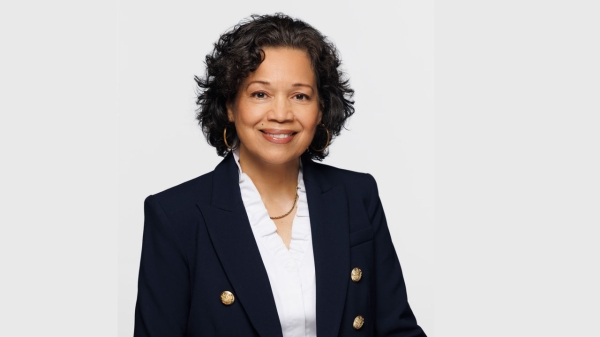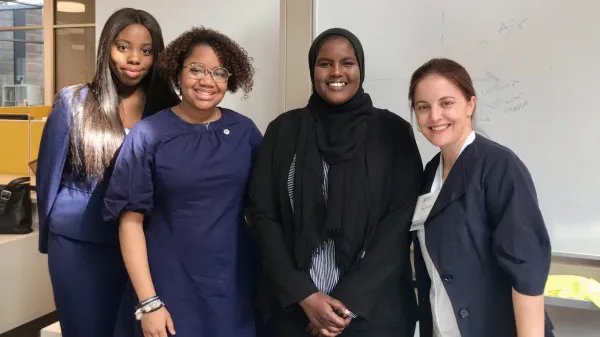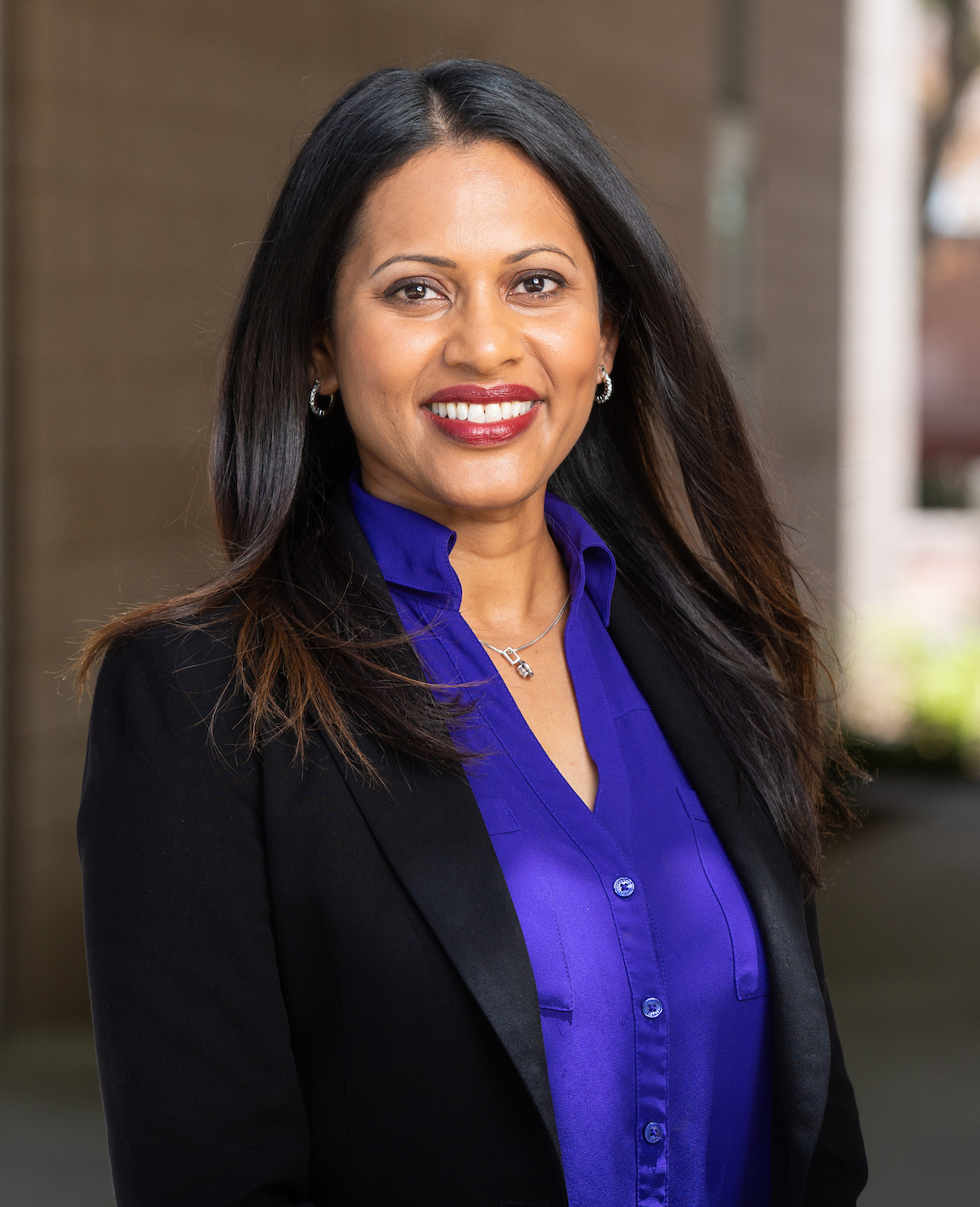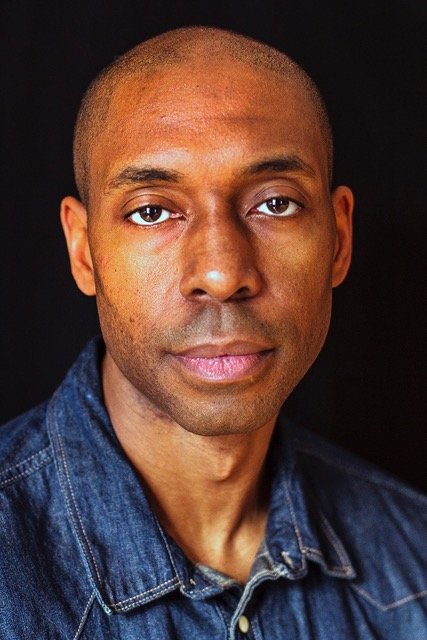Stand and be counted
ASU experts identify what the 2020 census means for all Americans

It’s time to stand and be counted. The United States census, the universal event every American has participated in since 1790, is upon us.
The word census comes from Latin; the Roman Empire kept a list of all adult males fit for military service (and anyone liable for taxes). One of the most famous censuses in history was the Census of Quirinius, a count of a province called Judea in 6 B.C. Whether or not it compelled a young couple from Nazareth to travel to Bethlehem to be registered is debated by scholars.
The U.S. Constitution requires the government to count every 10 years how many people live in the country. The main purpose of the count has been the same for 230 years: to apportion Congressional seats among the states. And it’s based on total resident population, meaning citizens and noncitizens alike.
Leaders in Washington also base a lot of spending decisions on census data. The 2020 census will determine how about $675 billion in federal dollars will be distributed. More than 130 federal government programs use census data to divvy up the money, much of which goes to highway spending and programs that help low-income families, such as Head Start, Medicare, the Supplemental Nutrition Assistance Program, Pell grants for college and reduced-price school lunch programs.
We talked to a brace of experts from Arizona State University about the deep reach the census has on different aspects of American society, including business, health, transportation and minority populations.
Video by Ashley Sorensen/ASU Now
Data mining
Dan Hunting is the associate director of enrollment analysis for the university provost. He has worked with and interpreted census data for decades. He uses the census as a crystal ball to look at ASU’s student body, decades in the future.
“I’ve used census data on nearly a daily basis for the last 10 years to inform all sorts of decisions,” he said.
The majority of Americans probably have heard of two types of census forms — either a postcard that takes two seconds to fill out or a packet that asks everything down to how many toasters and dogs you have. Many people have never had to fill out the latter.
Here’s how it works: The U.S. Census Bureau offers several products. The decennial census — the upcoming one — is mandated by the Constitution. It’s a literal head count of everyone in the country. It asks for basic information: age, gender, race, ethnicity — that’s about it.
The decennial census used to include a short form and a long form. The long form asked about everything under the sun: your income, the number of flush toilets in your house, everything.
Around 2000, census officials realized this was an incredibly rich data set. Business and industry relied on the long form because it told them about their potential customers. But the data became stale when collected only once every 10 years.
So the Census Bureau started doing the long form survey every year. It’s called the American Community Survey. They question 1% of the population.
“It’s this very rich data set we get that drives a lot of decisions,” said Hunting, who has done it. “It’s a long survey.”
There’s a relationship between the two: The census checks the accuracy of the survey.
The decennial drives reapportionment of Congress and state legislature seats and the allocation of federal dollars for education, transportation and a host of other things. Adding or subtracting members of Congress is the main purpose, however.
“They can make some really fine-grained decisions on how those district lines are drawn,” Hunting said.
After the last census, here in Arizona, Congressman Ben Quayle lost his district. His electorate went to two different districts. “There’s a lot of behind the scenes monkeying with that,” Hunting said.
Gerrymandering is nothing new, but “people have gotten more sophisticated about it,” he said. We have computer tools, which didn’t exist in 1830. The Independent Redistricting Commission is supposed to remove politics from the process. “They remove some of the politics,” Hunting said.
If you’ve received the American Community Survey and balked at revealing a fact like your salary, relax. The Census Bureau has to protect anonymity. They release the data at a large enough geographical scale you can’t identify an individual, Hunting said.
Decennial data is so coarse by comparison it is released in a fine grain — down to basically a city block. It’s released on the internet for anyone to parse, but it’s confusing stuff to wade through if you don’t know what you’re looking at.
Survey data is not released publicly. Quite the opposite, in fact — it’s held in federal centers around the country, usually housed at a university. They’re called Federal Statistical Research Data Centers. The nearest one is in California. (ASU has been in talks about hosting one in Arizona. “That would be a boon to Arizona researchers,” Hunting said.)
They are "Mission: Impossible"-secure. No lines in or out. No laptops, thumb drives or phones allowed. You practically sign your life away to get in.
“But you can get at that data, which is very valuable to some people,” Hunting said. You can use the data to address very specific problems: Are people with disabilities able to be in the workforce or not? Is their income comparable to other workers in the same industries?
Let’s say you’re going to open a business — a restaurant, a store. You want to know within a reasonable distance who your customers are going to be. American Community Survey data is a gold mine for that.
Where’s a good spot for an Amazon distribution center? Where should a new chicken place open up? Where will a company get a high return on their investment?
For instance, Hunting said, Starbucks has people who look at the data, plug it into a computer, and decide they want locations here, here and here because there are X number of people in a Y radius making $50,000 a year. “Those guys make a lot of money,” Hunting said.
Data drives, flies and rides
The census also is used for a lot of transportation planning. Roads, railways and airports are driven by population and employment numbers and the composition of the population.
“As we think about an aging population and some of the generational differences that we see with millennials and Generation Z, we try to account for all of those differences when we plan transportation systems,” said Ram Pendyala, a professor in the School of Sustainable Engineering and the Built Environment, one of the Ira A. Fulton Schools of Engineering.
Pendyala teaches and conducts research in multimodal transportation systems planning and engineering. He holds leadership positions in professional associations such as the Transportation Research Board and American Society of Civil Engineers.
Ram Pendyala
“Transportation planning agencies use census data extensively to understand socio-demographic characteristics (and) sheer population numbers in different geographic areas,” Pendyala said. “There are also some transportation questions in the census that help us understand the journey to work: patterns, time of departure to work, what mode of transportation is used for work travel.”
Ultimately the goal is to help the economy.
“It’s important everyone gets counted because that translates to real dollars allocated to states and regions,” he said.
State and county departments of transportation, cities and regional planning bodies (locally that would be the Maricopa Association of Governments) use the data as a look into the future. What do we want to look like 20 to 30 years into the future?
“Census data is used extensively to drive forecasts so every planning agency that has travel demand forecasting models and has to use those models for long-range transportation planning essentially uses the most recent census data upon which to pivot and determine what the future is going to look like,” Pendyala said.
Health data
Where are populations increasing? Who are they? What kinds of services do they need? Where does federal money need to go?
The census determines community health needs. Here in Arizona, that need is a physician shortage, especially in rural areas.
“The fear here, especially in 2020, is rarely about overcounting a population. It’s about undercounting a population,” said Swapna Reddy, a clinical assistant professor in the College of Health Solutions. Reddy researches how law and policy can be utilized as tools to improve population health and health outcomes.
Swapna Reddy
“People rarely think about the incredible impact (the census) has on public health, health care services, health care delivery, and health policy, but it does,” Reddy said. “We use that census data to really inform everything about who we are as a people, who we are as a country, from a macro picture but also really specifically at a micro picture. It’s really important to understand the demographics, whether it’s race, ethnicity, age, income, etc., etc.”
All scientific research is reliant on data. Scholars and health officials need demographic information so they are able to build research to consider community assessment, community needs and the health of a population.
“It’s almost like that census data ends up being our baseline data,” Reddy said. “We often take that for granted.”
Accuracy is vital. Take medically underserved areas like rural America. How do you figure out if you have enough doctors for an area if you don’t know how many people live there, who they area, what their income is, or how old they are?
A few years ago, Reddy was involved in researching pediatric asthma clusters in downtown Phoenix.
“We needed base census data to tell us what is that population, who lives there, and basically through that information found out it’s a densely-populated area, it tends to be more young people, and it tends to be a more Hispanic population,” she said. “We take that stuff for granted because we assume that information is available. But if we don‘t have that information, it’s really hard to then build an argument that, well, there seems to be a disproportionate number of Hispanic children coming from that neighborhood that are presenting at the local ER with pediatric asthma. If you don’t have that data, how do you even begin to have that basic conversation?”
Minority report
Historically for minority communities, the census has been a contentious issue. On the one hand, it has been a way for those communities to talk about their visibility, their growth and their physical mobility. Maybe in 1950, a community was located in one place and by 2000 had been pushed or moved someplace else. The census has been a way to track those moves.
“What that has meant is an acknowledgement of how social, economic or racial agenda forces have shaped people’s lives, and as a result moved them from one place to another,” said Rashad Shabazz. “It has illustrated the growth or decline of a community, what that means in terms of visibility but also political representation.”
Shabazz is an associate professor in the School of Social Transformation and affiliate faculty in the School of Geographical Sciences and Urban Planning. His research explores how race, sexuality and gender are informed by geography.
Rashad Shabazz
Before World War II, the vast majority of black Americans were concentrated in the South. By the latter part of the 1970s and 1980s, more than two-thirds of black Americans were north of the Mason-Dixon Line, with all the social and economic factors that went in to that.
“But (the census) has been fraught also to the degree that, particularly in terms of black communities and currently Latino communities, giving the federal government information about them has not always been met with goodwill. There’s been a little bit of fear and trepidation,” Shabazz said. “On the one hand, it’s been really important to do it: to document, to enliven, to speak to the needs for political representation. On the other hand, the federal government hasn’t always responded to these communities with the best of intentions.”
Historically, gerrymandering districts as a result of census data has not been good to minority communities. But federal funding for infrastructure and programming has been a boon.
“For Latino and undocumented communities, the extent to which they might give that information might undermine their stability in the country,” Shabazz said. “It might mean they could be deported or that information could be used against those communities in a negative way. Be that as it may, historically communities of color have participated because the good outweighs the bad. … I think communities of color have felt participating in it, despite the potential negative implications, is always better because it shows what’s going on with that community. That information is not only good for the community, but for researchers, for the general society to understand what’s happening with this population.”
The census is the only thing we participate in as a collective that tells us about who we are, our movements, our growth rates, our income, our literacy rate and the languages spoken in a community, Shabazz said. It’s more than a headcount.
“It’s a counting of the evolution of our society,” he said. “Taking note of the evolution of our society, it should shape our public policy. It should teach whether or not we have English-only education. It should shape where our roads go, where we put money for school funding. The hope for all Americans is that by having that head count it’s going to produce a material or political product, if you will. I think all Americans recognize that, which is why the 2020 census has been so contentious. The Republican Party has been invested in trying to effectively undercount certain groups or to scare certain people off. The citizenship question has never been part of the census. The fact of the matter is the census was never about counting citizens. It’s about counting bodies.”
Top image: Illustration by Alex Ramirez
More Law, journalism and politics

CBS News president to give keynote address at Cronkite School’s spring convocation
Ingrid Ciprián-Matthews, president of CBS News, will serve as the keynote speaker at Arizona State University’s Walter Cronkite School of Journalism and Mass Communication spring 2024 convocation. …

School of Politics and Global Studies director's new book explores mass violence
Why do people commit atrocities and why are certain groups, including religious and ethnic, more vulnerable to large-scale violence? These questions are explored in a new book by Güneş Murat Tezcür…

ASU faculty contributing to improvement of Wikipedia
Many academics have a love-hate relationship with Wikipedia. While the website has information about almost anything you can imagine, the credibility of that information is sometimes suspect. Tracy…


